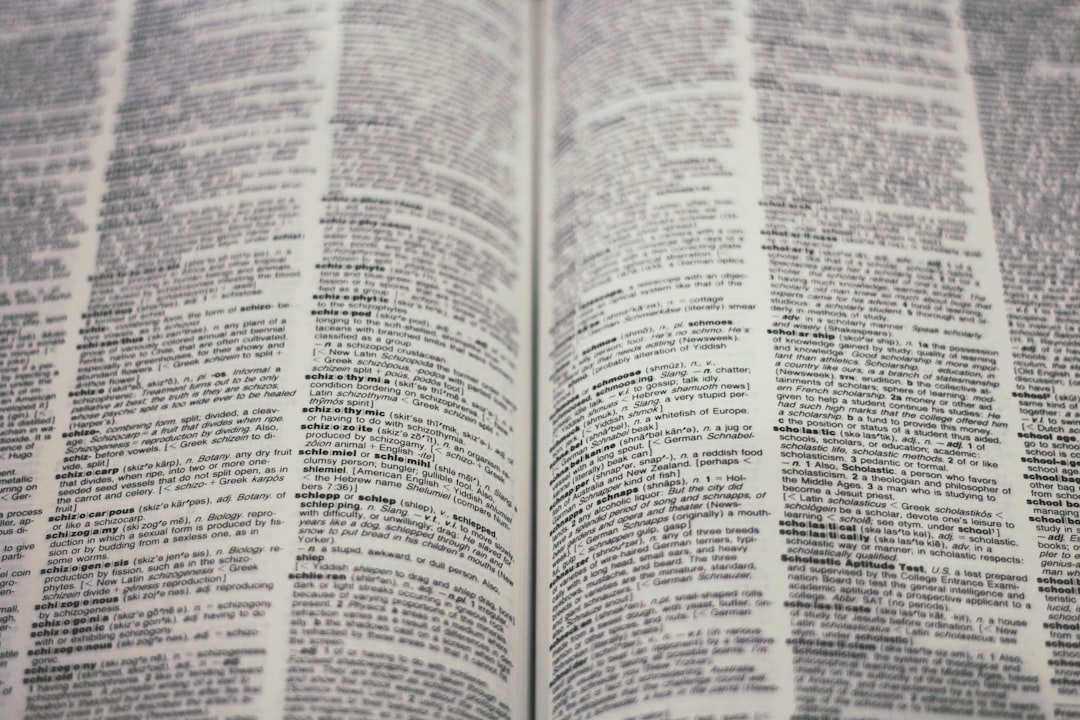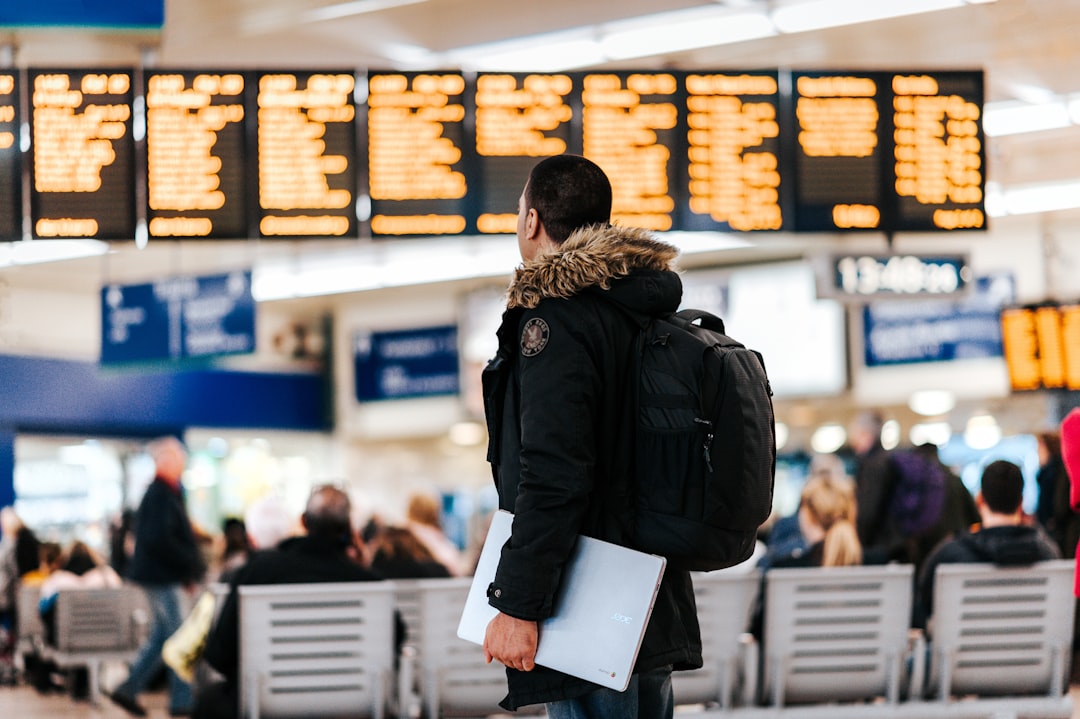In the rapidly evolving landscape of technology, artificial intelligence (AI) has emerged as a transformative force, particularly in the realm of troubleshooting within technical facilities. The integration of AI into maintenance and operational processes is revolutionizing how organizations address issues, optimize performance, and enhance overall efficiency. By harnessing vast amounts of data and employing sophisticated algorithms, AI-driven troubleshooting systems can identify problems before they escalate, streamline repair processes, and ultimately reduce downtime.
This shift not only improves productivity but also fosters a proactive approach to facility management. As industries increasingly rely on complex machinery and interconnected systems, the need for effective troubleshooting mechanisms has never been more critical. Traditional methods often involve manual inspections and reactive measures, which can be time-consuming and prone to human error.
In contrast, AI-driven solutions leverage machine learning and predictive analytics to analyze historical data, recognize patterns, and predict potential failures. This capability allows technical facilities to transition from a reactive to a proactive maintenance strategy, ensuring that issues are addressed swiftly and efficiently. AI systems are revolutionizing industries, for more information visit AI systems.
Key Takeaways
- AI-driven troubleshooting in technical facilities utilizes artificial intelligence to enhance efficiency and reliability in machine maintenance.
- AI-guided machine maintenance streamlines diagnosis and repair, leading to improved performance and plant utilization.
- The benefits of AI-driven troubleshooting include reduced downtime, improved operational efficiency, and cost savings.
- Challenges in implementing AI-driven troubleshooting include data quality, integration with existing systems, and workforce readiness.
- Future trends in AI-driven troubleshooting include the use of predictive analytics and advanced machine learning algorithms to further improve maintenance and operations in technical facilities.
AI-guided Machine Maintenance: Enhancing Efficiency and Reliability
AI-guided machine maintenance represents a significant leap forward in ensuring the reliability of equipment in technical facilities. By utilizing predictive maintenance techniques, AI systems can analyze data from sensors embedded in machinery to forecast when maintenance should be performed. This approach minimizes unexpected breakdowns and extends the lifespan of equipment, ultimately leading to cost savings for organizations.
For instance, an AI system can monitor vibration patterns in motors or temperature fluctuations in generators, alerting technicians to potential issues before they result in costly failures. Moreover, AI-driven maintenance solutions can optimize scheduling by determining the best times for maintenance activities based on operational demands and equipment usage patterns. This not only enhances the efficiency of maintenance teams but also ensures that production schedules are minimally disrupted.
AI-driven Fault Localization: Streamlining Diagnosis and Repair

Fault localization is a critical aspect of troubleshooting that can significantly impact the speed and effectiveness of repairs in technical facilities. AI-driven fault localization systems utilize advanced algorithms to analyze data from various sources, including sensors, logs, and historical maintenance records. By correlating this information, these systems can pinpoint the root cause of a malfunction with remarkable accuracy.
This capability not only accelerates the diagnosis process but also reduces the likelihood of misdiagnosis, which can lead to unnecessary repairs and increased downtime. The implementation of AI in fault localization also enhances collaboration among maintenance teams. With real-time data analysis and visualization tools, technicians can access detailed insights into equipment performance and potential issues from anywhere within the facility.
This level of transparency fosters a more informed decision-making process, allowing teams to prioritize repairs based on urgency and impact on operations. As a result, organizations can achieve faster turnaround times for repairs while maintaining high levels of operational efficiency.
Optimization of Plant Utilization: Leveraging AI for Improved Performance
The optimization of plant utilization is another area where AI is making significant strides. By analyzing data related to production processes, equipment performance, and resource allocation, AI systems can identify inefficiencies and recommend adjustments that enhance overall performance. For example, an AI-driven system might analyze production line data to determine optimal machine settings or suggest changes in workflow that reduce bottlenecks.
This level of optimization not only improves productivity but also contributes to better resource management. Furthermore, AI can facilitate real-time monitoring of plant operations, allowing facility managers to make informed decisions based on current conditions rather than relying solely on historical data. This dynamic approach enables organizations to respond swiftly to changing circumstances, such as fluctuations in demand or unexpected equipment failures.
By leveraging AI for plant optimization, technical facilities can achieve higher levels of efficiency while minimizing waste and maximizing output.
Benefits of AI-driven Troubleshooting in Technical Facilities
The benefits of implementing AI-driven troubleshooting systems in technical facilities are manifold. One of the most significant advantages is the reduction in downtime associated with equipment failures. By predicting potential issues before they occur and streamlining repair processes, organizations can maintain continuous operations and avoid costly interruptions.
This proactive approach not only enhances productivity but also improves customer satisfaction by ensuring timely delivery of products and services. Additionally, AI-driven troubleshooting contributes to cost savings by optimizing resource allocation and reducing the need for extensive manual inspections. With automated monitoring and analysis, organizations can allocate maintenance resources more effectively, focusing efforts where they are most needed.
This efficiency translates into lower operational costs and improved return on investment for technical facilities. Moreover, the insights gained from AI systems can inform long-term strategic planning, enabling organizations to make data-driven decisions that align with their business objectives.
Challenges and Considerations in Implementing AI-driven Troubleshooting

Despite the numerous advantages of AI-driven troubleshooting, several challenges must be addressed during implementation. One significant hurdle is the integration of AI systems with existing infrastructure and processes. Many technical facilities rely on legacy systems that may not be compatible with modern AI technologies.
Ensuring seamless integration requires careful planning and investment in both hardware and software upgrades. Another consideration is the need for skilled personnel who can effectively manage and interpret the data generated by AI systems. While AI can automate many tasks, human expertise remains essential for making informed decisions based on the insights provided by these technologies.
Organizations must invest in training their workforce to ensure they possess the necessary skills to leverage AI effectively. Additionally, concerns regarding data security and privacy must be addressed to protect sensitive information from potential breaches.
Future Trends and Developments in AI-driven Troubleshooting
As technology continues to advance, the future of AI-driven troubleshooting in technical facilities looks promising. One emerging trend is the increasing use of edge computing, which allows data processing to occur closer to the source rather than relying solely on centralized cloud systems. This shift enables real-time analysis and faster decision-making, further enhancing the effectiveness of AI-driven troubleshooting solutions.
Moreover, advancements in natural language processing (NLP) are likely to improve human-AI interaction within troubleshooting systems. As NLP technology evolves, technicians will be able to communicate with AI systems more intuitively, asking questions or requesting insights in natural language rather than relying on complex commands or queries. This development could streamline workflows and make it easier for personnel to access critical information quickly.
The Impact of AI on Technical Facility Maintenance and Operations
In conclusion, the integration of AI-driven troubleshooting into technical facilities is reshaping how organizations approach maintenance and operations. By leveraging advanced algorithms and data analytics, these systems enhance efficiency, reliability, and overall performance while reducing downtime and operational costs. As industries continue to embrace digital transformation, the role of AI in troubleshooting will only grow more significant.
While challenges remain in implementing these technologies effectively, the potential benefits far outweigh the obstacles. As organizations invest in training their workforce and upgrading their infrastructure, they will be better positioned to harness the full power of AI-driven troubleshooting solutions. Ultimately, the impact of AI on technical facility maintenance and operations will pave the way for a more efficient, responsive, and resilient future in industrial environments.
If you are interested in exploring the future of technology beyond AI-driven troubleshooting in technical facilities, you may want to check out this article on it/future-trends-and-innovations-in-the-metaverse-evolving-user-experiences/’>future trends and innovations in the metaverse.
The metaverse is a virtual reality space where users can interact with a computer-generated environment and other users. This article discusses how the metaverse is evolving and shaping the way we experience technology and connect with others. It offers insights into the potential of this emerging technology and its impact on our daily lives.
FAQs
What is AI-driven troubleshooting in technical facilities?
AI-driven troubleshooting in technical facilities refers to the use of artificial intelligence (AI) to identify, diagnose, and resolve issues in machinery and equipment within a technical facility. This technology utilizes machine learning algorithms to analyze data and provide insights for predictive maintenance, fault localization, and optimization of plant utilization.
How does AI-guided machine maintenance work?
AI-guided machine maintenance uses historical and real-time data from machinery and equipment to predict when maintenance is needed. By analyzing patterns and trends in the data, AI can identify potential issues before they occur, allowing for proactive maintenance and minimizing downtime.
What is AI-driven fault localization?
AI-driven fault localization involves using AI algorithms to pinpoint the exact location and cause of faults or malfunctions in technical facilities. By analyzing sensor data and equipment performance, AI can quickly identify the root cause of issues, enabling faster and more accurate troubleshooting.
How does AI optimize plant utilization?
AI optimization of plant utilization involves using AI algorithms to analyze production data, equipment performance, and other relevant factors to maximize the efficiency and output of a technical facility. By identifying opportunities for improvement and automating decision-making processes, AI can help optimize resource utilization and overall plant performance.











Leave a Reply